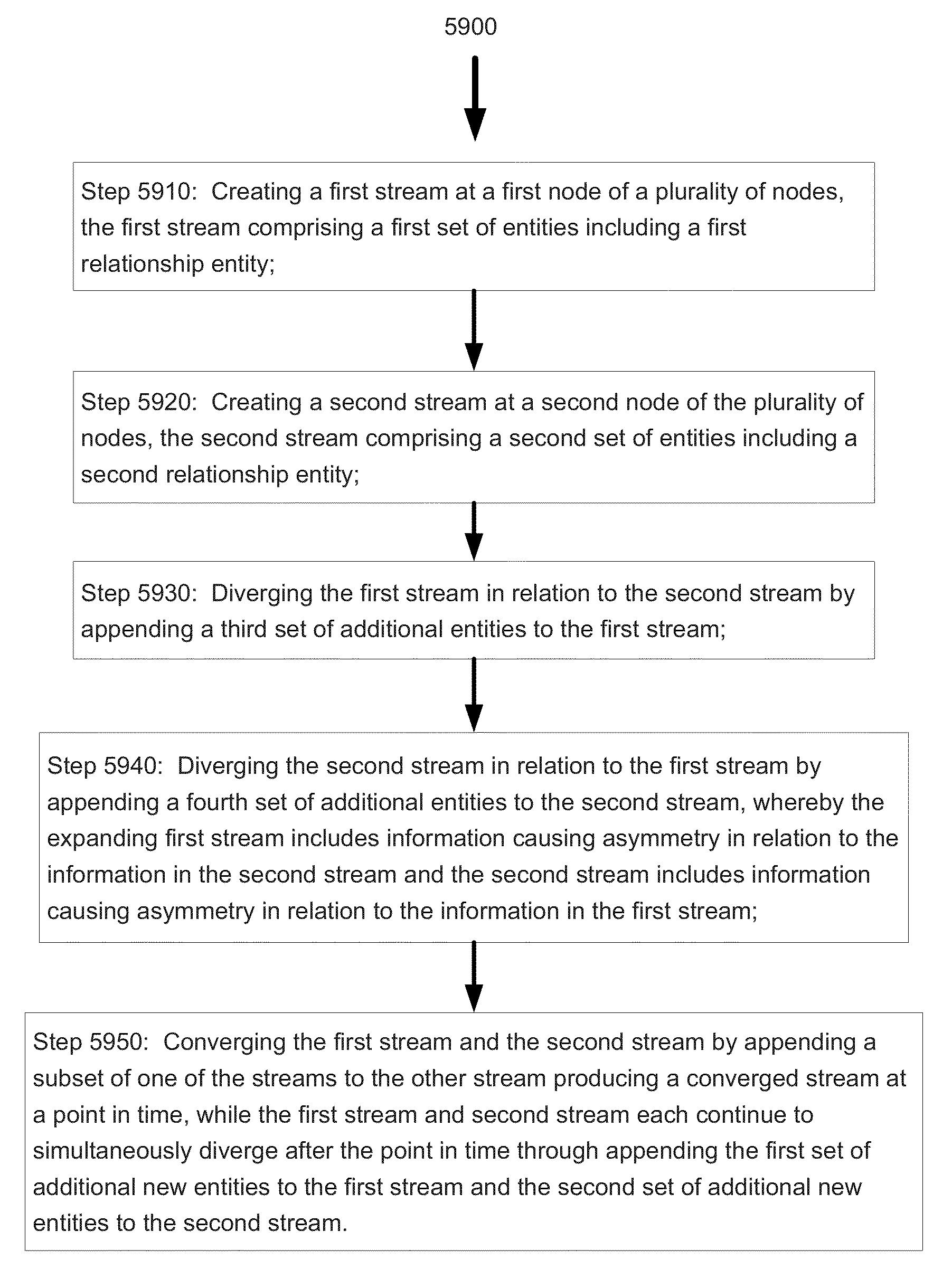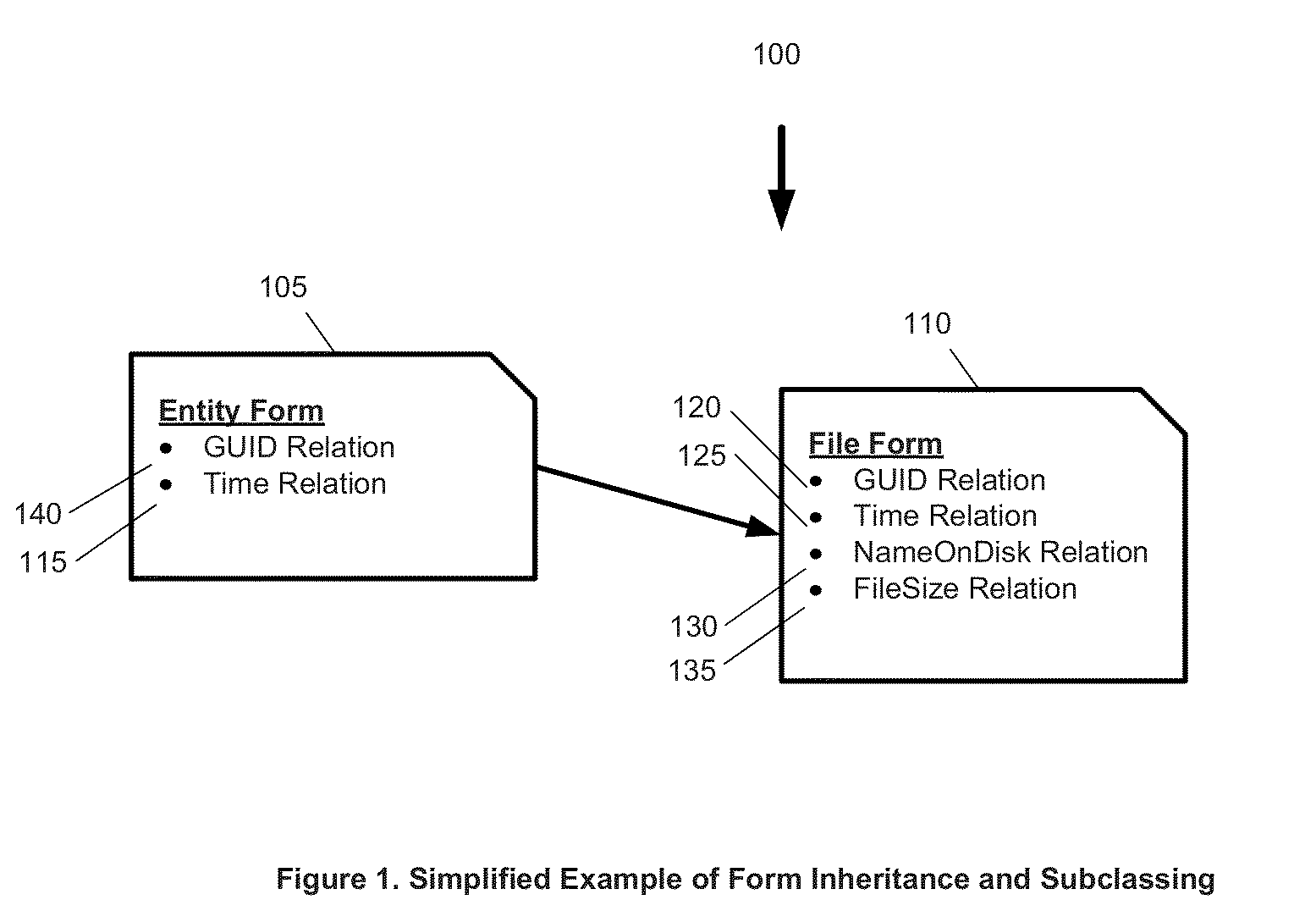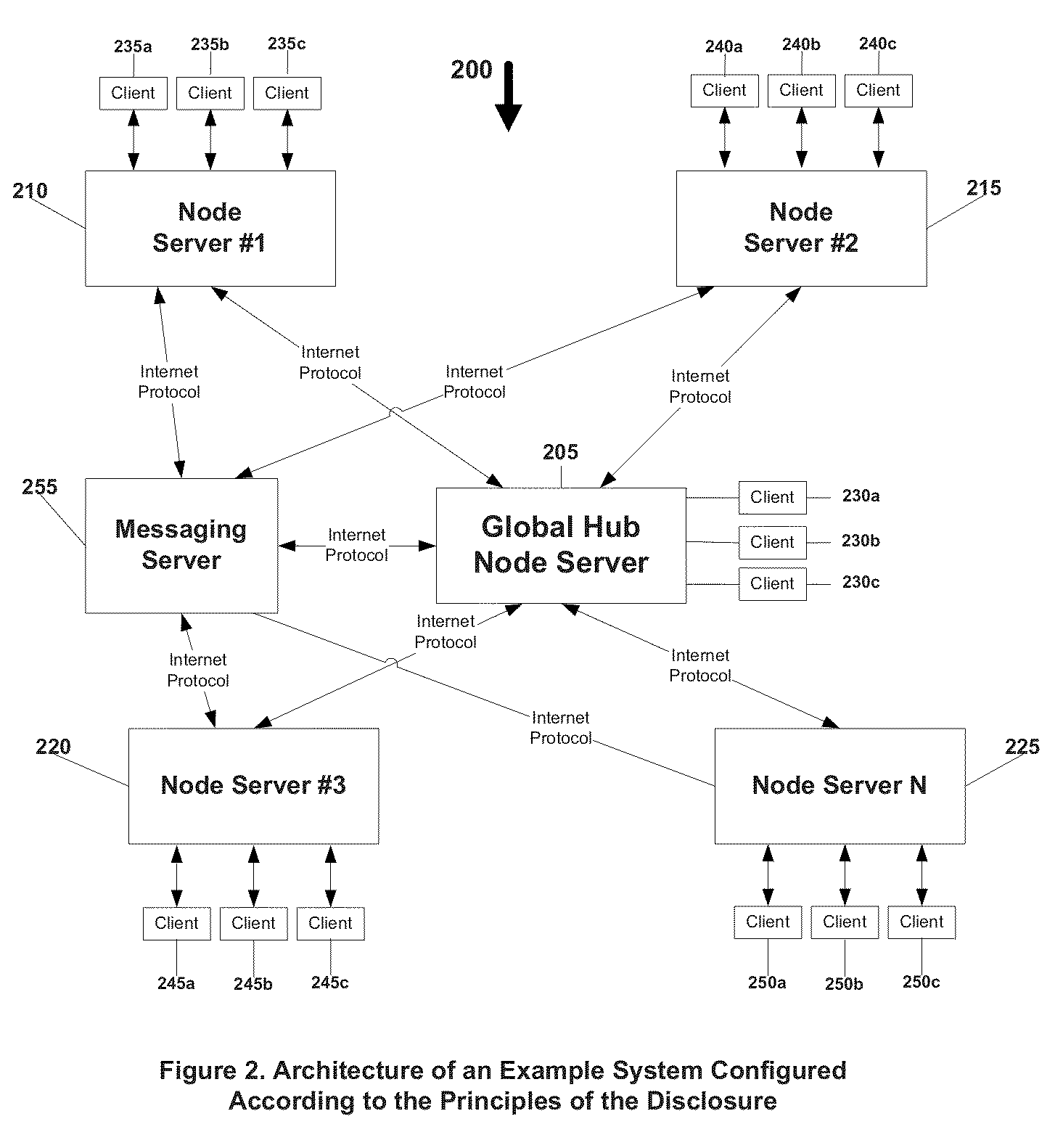Systems of today, before this disclosure, do not capture the linkages needed to make information meaningful, do not manage change, and do not effectively manage the limited collection of primarily disconnected data that is captured, among other issues.
Systems today are not designed to store, manage, distribute, and process differential data and the connections between data.
Because most of the connections between data are lost, many of the links that give the data meaning and context are also lost.Today's database structures are static and changes to structure are costly to implement, especially given the cost to update others
system that use or supply data based on the
statics structure.
Information management is ad hoc, resulting a proliferation of disconnected and orphaned data that requires after the fact indexing or tagging to reconstruct a subset of the linkage.
This indexing strategy is applied to
static data structures after they are populated, requiring continual re-analysis and re-indexing as content evolves.Systems before this disclosure do not maintain change as a separate inspectable, discoverable, queryable object.Today's systems before this disclosure do not make use of characteristics of immutability.Today's systems do not typically allow retrieval of the state of information at any point in time.Today'
s system before the disclosure cannot support the dichotomy of business: the need to share data and the need to keep data separate.
The success in populating tags is limited.Today's systems before this disclosure do not support the implementation of systems and applications that can be distributed across a collection of virtual or physical nodes, maintaining a
loose coupling of entities through characteristics of immutability and change.Today's systems before this disclosure do not allow businesses or organizations to seamlessly move applications between Cloud environment, and between Cloud and non-Cloud environments, such as behind a firewall or on organization-maintained servers.In today's systems before this disclosure, properties are just fields in a database rather than classes that can be reused, inherited, and updated in a way that does not require reworking existing structures and systems.Overwriting: Today's systems before this disclosure typically change data by simply replacing and existing value with a new value.
Data changes on one or more distribution nodes are nearly impossible to capture and push to all other nodes without other changes occurring before the updates are completed, frequently resulting in orphaned data, conflicting data, and synchronization problems.
The information representations are often poor models of reality as they are constrained by that availability of a limited set of
static data types.
Today's computer systems are typically limited by one or more of the following, among other limitations:Static and constrained information representations: each
system may operate on a constrained set of information that is force-fit into a static representation that once defined, cannot be readily changed;Location and format / lack of
interoperability: some of the data needed to properly complete an analysis or create a report may be collected by a different system, may be in a different format, or may be in a different location.
Data cannot be easily shared between systems, a convoluted set of formatting, transfer,
parsing, and reformatting procedures must be programmed to enable sharing;Limited ability to represent and adapt to changing information structures: system inputs, outputs, and intermediate information representations must be fully defined prior to
system development using the limited set of
static data types available today.
 Login to View More
Login to View More  Login to View More
Login to View More 


